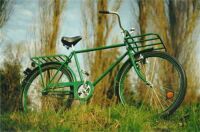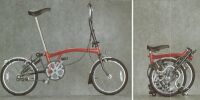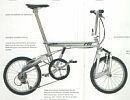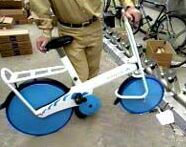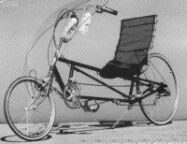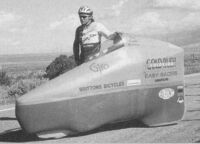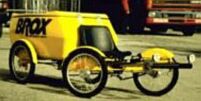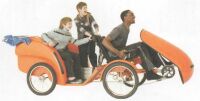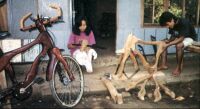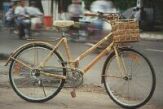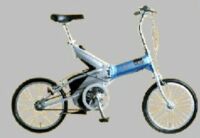recyclable
All this is today's technology, and the least researched area is probably
the recyclability.
New Addition: Feb 2002
Where do dead bikes go, anyway? Well, Sean Evans has kindly sent in a top-ten of 'dead' bike destinations:
1. The Police Station (stolen, abandoned, recovered,
then stored in the Police Station recovered bikes shed
forever because the owners have got a new one on the
insurance).
2. Stored forever in old sheds or garages.
3. Dumped in water (canal, river or sea)
4. Sold on Ebay (and then resold and passed on,
forever being used, refurbished , upgraded etc.)
5. Left locked to railings (this is a slow death,
involving the removal of components until the last bit
is still attached via U-lock until it too is sawn off
and thrown into a Council truck).
6. Used as a clothes horse in the bedroom.
7. Used as a pedestrian mantrap in dimly lit hallways
of blocks of flats.
8. Sawn up and used for other purposes. (wheel-truing
stand, trailerbike, hanging basket bracket).
9. Part of a modern art sculpture.
10. Really nice or famous ones may end up in a museum.
So you see, not many bikes actually die, they just
rest for a while before being reincarnated - nirvana
for them is being looked after by a careful owner.
If you want a really green bike, then you could emulate Greg Blackwell, who has built three bikes from parts found at the dump.
